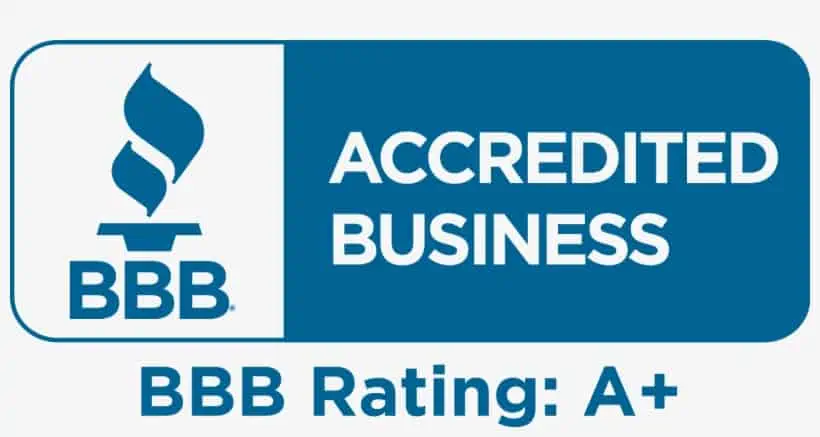Your form of business determines which income tax return form you have to file. The most common forms of business are the sole proprietorship, partnership, corporation, and S corporation. A Limited Liability Company (LLC) is a relatively new business structure allowed by state statute. Legal and tax considerations enter into selecting a business structure.
Sole Proprietorship
A sole proprietor is someone who owns an unincorporated business by himself or herself. However, if you are the sole member of a domestic limited liability company (LLC), you are not a sole proprietor if you elect to treat the LLC as a corporation. A sole proprietor’s trade or business income is reported on Schedule C of Form 1040.
Partnership
A partnership is the relationship existing between two or more persons who join to carry on a trade or business. Each person contributes money, property, labor or skill, and expects to share in the profits and losses of the business.
A partnership must file an annual information return to report the income, deductions, gains, losses, etc., from its operations, but it does not pay income tax. Instead, it “passes through” any profits or losses to its partners. Each partner includes his or her share of the partnership’s income or loss on his or her tax return.
Partners are not employees and should not be issued a Form W-2. The partnership must furnish copies of Schedule K-1 (Form 1065) to the partners by the date Form 1065 is required to be filed, including extensions.
C-Corporation
In forming a corporation, prospective shareholders exchange money, property, or both, for the corporation’s capital stock. A corporation generally takes the same deductions as a sole proprietorship to figure its taxable income. A corporation can also take special deductions. For federal income tax purposes, a C corporation is recognized as a separate taxpaying entity. A corporation conducts business, realizes net income or loss, pays taxes and distributes profits to shareholders.
The profit of a corporation is taxed to the corporation when earned, and then is taxed to the shareholders when distributed as dividends. This creates a double tax. The corporation does not get a tax deduction when it distributes dividends to shareholders. Shareholders cannot deduct any loss of the corporation. Form 1120 is the tax return that applies to a C-corporation.
S-Corporation
S corporations are corporations that elect to pass corporate income, losses, deductions, and credits through to their shareholders for federal tax purposes. Shareholders of S corporations report the flow-through of income and losses on their personal tax returns and are assessed tax at their individual income tax rates. This allows S corporations to avoid double taxation on the corporate income. S corporations are responsible for tax on certain built-in gains and passive income at the entity level. The tax return that applies to an S-corporation is Form 1120S.
To qualify for S corporation status, the corporation must meet the following requirements:
- Be a domestic corporation
- Have only allowable shareholders
- May be individuals, certain trusts, and estates and
- May not be partnerships, corporations or non-resident alien shareholders
- Have no more than 100 shareholders
- Have only one class of stock
- Not be an ineligible corporation (i.e. certain financial institutions, insurance companies, and domestic international sales corporations).
In order to become an S corporation, the corporation must submit Form 2553 Election by a Small Business Corporation (PDF) signed by all the shareholders. See the Instructions for Form 2553 (PDF) for all required information and to determine where to file the form.
Limited Liability Company
A Limited Liability Company (LLC) is a business structure allowed by state statute. Each state may use different regulations, and you should check with your state if you are interested in starting a Limited Liability Company.Owners of an LLC are called members. Most states do not restrict ownership, and so members may include individuals, corporations, other LLCs and foreign entities. There is no maximum number of members. Most states also permit “single-member” LLCs, those having only one owner.A few types of businesses generally cannot be LLCs, such as banks and insurance companies. Check your state’s requirements and the federal tax regulations for further information. There are special rules for foreign LLCs.ClassificationsDepending on elections made by the LLC and the number of members, the IRS will treat an LLC as either a corporation, partnership, or as part of the LLC’s owner’s tax return (a “disregarded entity”). Specifically, a domestic LLC with at least two members is classified as a partnership for federal income tax purposes unless it files Form 8832 and affirmatively elects to be treated as a corporation. And an LLC with only one member is treated as an entity disregarded as separate from its owner for income tax purposes (but as a separate entity for purposes of employment tax and certain excise taxes), unless it files Form 8832 and affirmatively elects to be treated as a corporation.Effective Date of ElectionAn LLC that does not want to accept its default federal tax classification, or that wishes to change its classification, uses Form 8832, Entity Classification Election, to elect how it will be classified for federal tax purposes. Generally, an election specifying an LLC’s classification cannot take effect more than 75 days prior to the date the election is filed, nor can it take effect later than 12 months after the date the election is filed. An LLC may be eligible for late election relief in certain circumstances. See Form 8832 General Instructions for more information.



